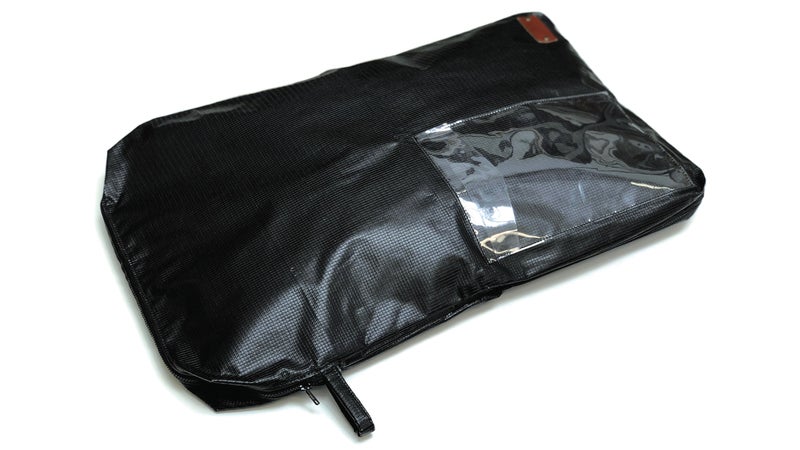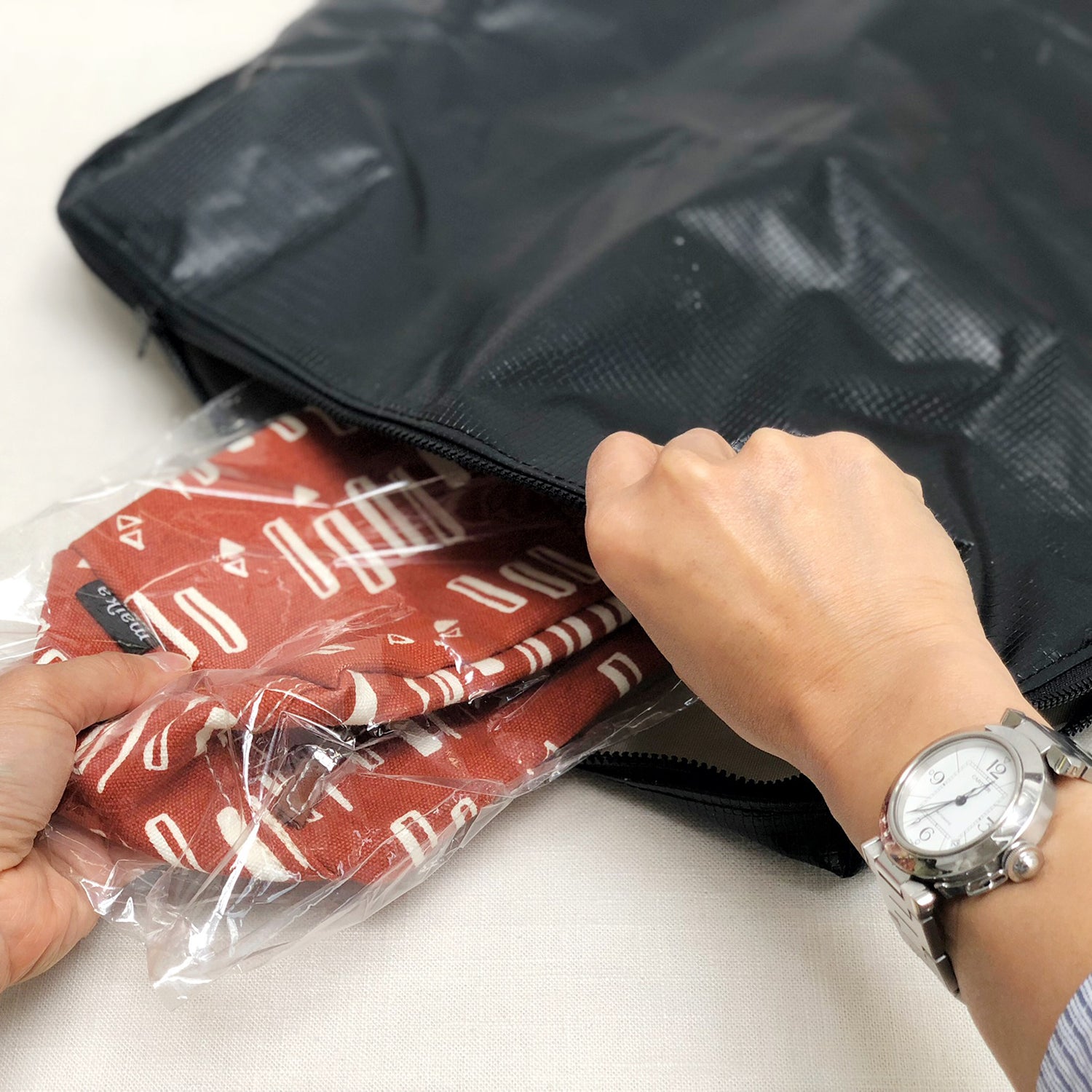The outdoor industry wants to be a leader in sustainability. From green materials to manufacturing processes, gear companies have increasingly dedicated themselves to more sustainable, environmentally friendly practices and products. But one part of the supply chain often gets overlooked: packaging.
According to a , $18.9 billion worth of outdoor gear was sold between December 2016 and November 2017. There are no industry-specific figures for how much packaging waste gear companies produce through those sales; however, by the EPA states that in 2014, the United States produced 30,490,000 metric tons of corrugated boxes nationwide, 89.5 percent of which were recycled.
Making packages out of recycled material has long been a go-to choice for sustainability focused outdoor brands. But after it would no longer import household paper and plastic recycling, U.S. recycling centers overloaded. Many of those recycled boxes and plastic packages are ending up in landfills.
Ashley Etling thinks she has a way around this particular problem. Her company, LimeLoop, makes reusable mailers out of vinyl upcycled from old billboards. Companies can pay to rent the 24x16x2-inch zippered pouches instead of using single-use plastic mailers to ship product to customers. When the package arrives at its destination, the customer takes out the order, slips the included return shipping label into an external plastic sleeve, and puts the empty package back in the mailbox, where it’ll be picked up and returned to the brand’s distribution center. This year, Etling is piloting the program, ironing out logistics and collecting data to make the process more efficient before scaling it up. “A lot of education and logistical work” has to happen before the program is widespread enough to make a significant difference, she says. “But if companies work together, we can shift from recycled to reusable packaging quickly.”

Toad&Co, LimeLoop’s first brand partner, has been using the packages for three months. “So far, it’s been a wonderful experience,” says Kelly Milazzo, director of operations at . As part of a test program, Toad&Co has 1,200 LimeLoop mailers, which customers can opt in to at checkout. Milazzo estimates that 2,500 LimeLoop bags—each of which supposedly lasts 2,000 uses—could run Toad&Co’s entire e-commerce business for 83 years. “That saves the equivalent of 5 million plastic mailers,” she says. For Milazzo, the LimeLoop concept is exciting because it’s “designing a new solution that helps reduce the need” for making boxes out of postconsumer recycled materials in the first place. (LimeLoop also works with , , and .)
Other companies are looking toward reducing and reusing in their packaging. Prana now each apparel item with raffia, instead of wrapping clothing in individual polybags. Patagonia toward folding clothing so it fits in smaller polybags to reduce overall material waste. ships its yak-wool base layers in tough plastic Ziploc-style bags with the words “reuse me” emblazoned on the side.
How soon can we expect to see reusable mailers showing up on our doorsteps from other major brands? It may take some time. Greg Gausewitz, manager of product sustainability at REI, says the LimeLoop concept is “promising,” but he remains skeptical. “If a product gets ruined in transit, the embedded environmental impact that went into its creation gets thrown out the window,” he says. Before jumping on board with a new program like LimeLoop, companies will want to make sure the packages do what they’re supposed to do: protect the contents from moisture, mold, and abrasion.
Even if LimeLoop sees widespread adoption, it won’t resolve many of the other sustainability issues facing the outdoor industry. “Sustainable packaging can lower the overall lifecycle impact of a package, especially if it educates the consumer to make other sustainable choices,” says Jason Kibbey, CEO of the Sustainable Apparel Coalition. But, he adds, “the overall impacts of packaging and shipping materials shouldn’t be overstated. An unsustainable product is still unsustainable even if it is packaged or shipped in a low-impact manner.”
Still, Etling is thinking big. She envisions an entire circular shipping economy where LimeLoop mailers are available at local UPS and USPS centers. She’s tinkering with designs for a collapsible, reusable box, which could replace the cardboard boxes companies use to send bulk shipments to retailers, and she’s designing a computer chip that will soon be able to track each mailer’s movements and thus streamline the shipping process and reduce fuel waste.
“Instead of revamping a broken system,” Etling says, “I want to design a new system.”


